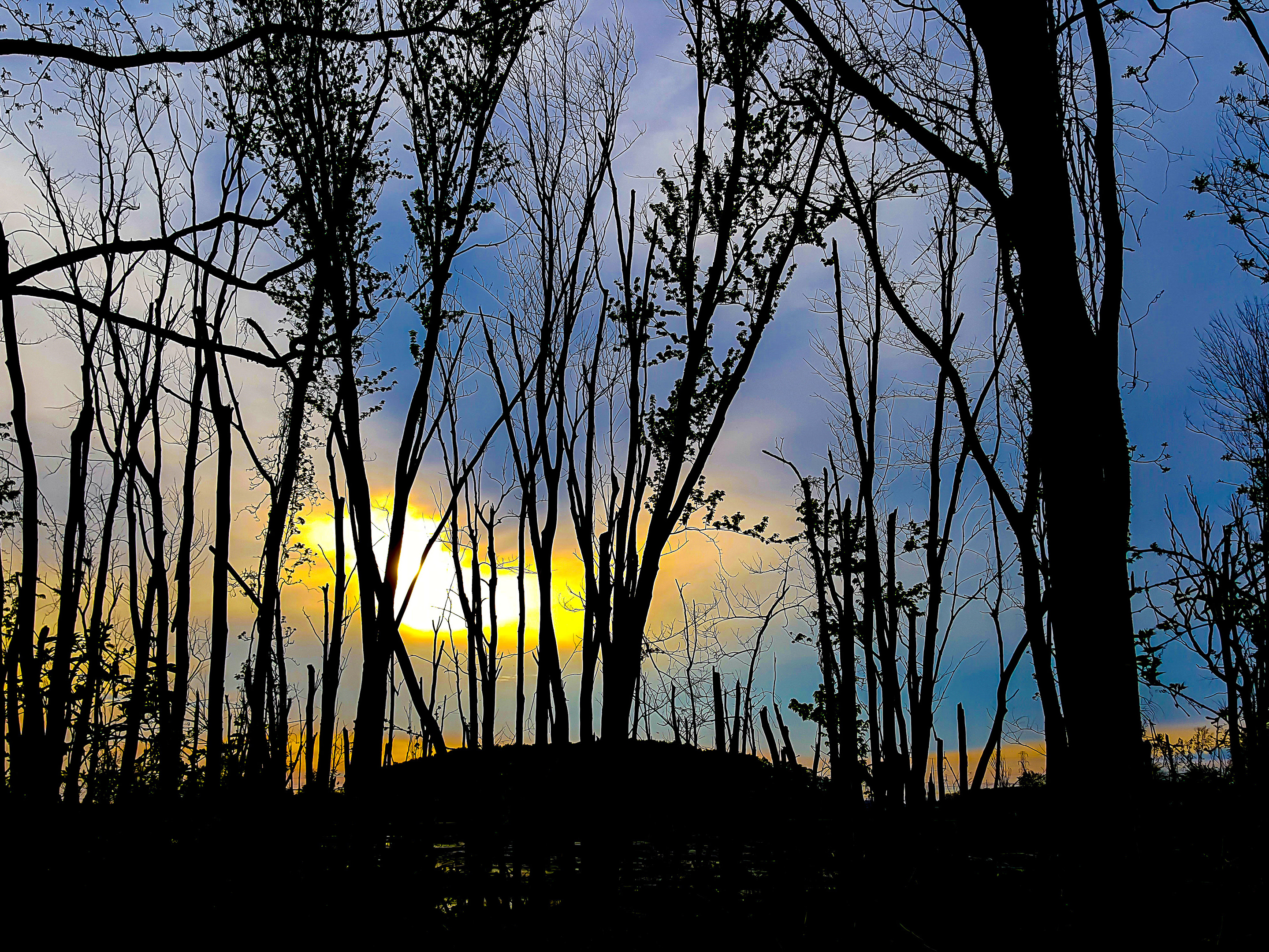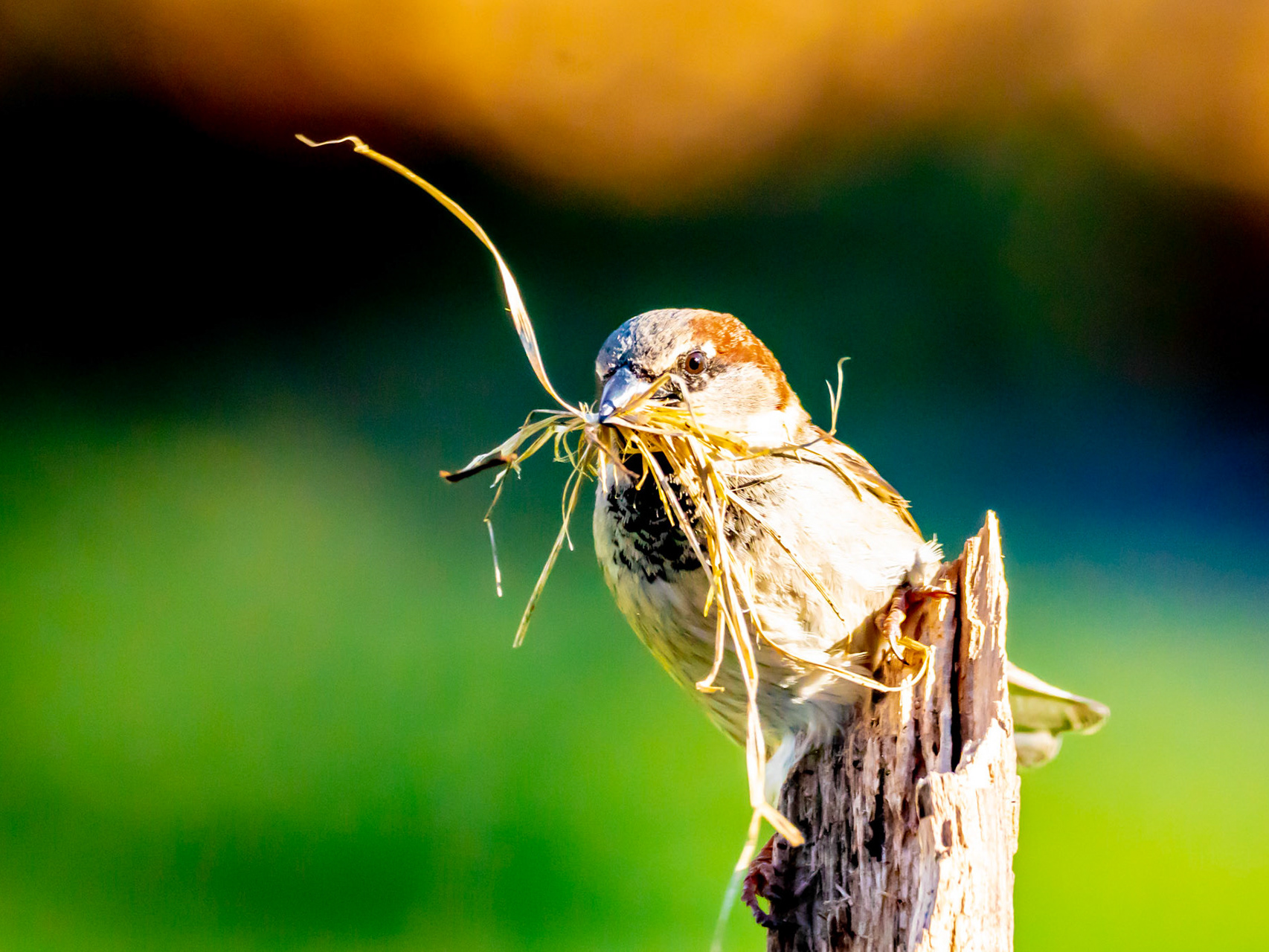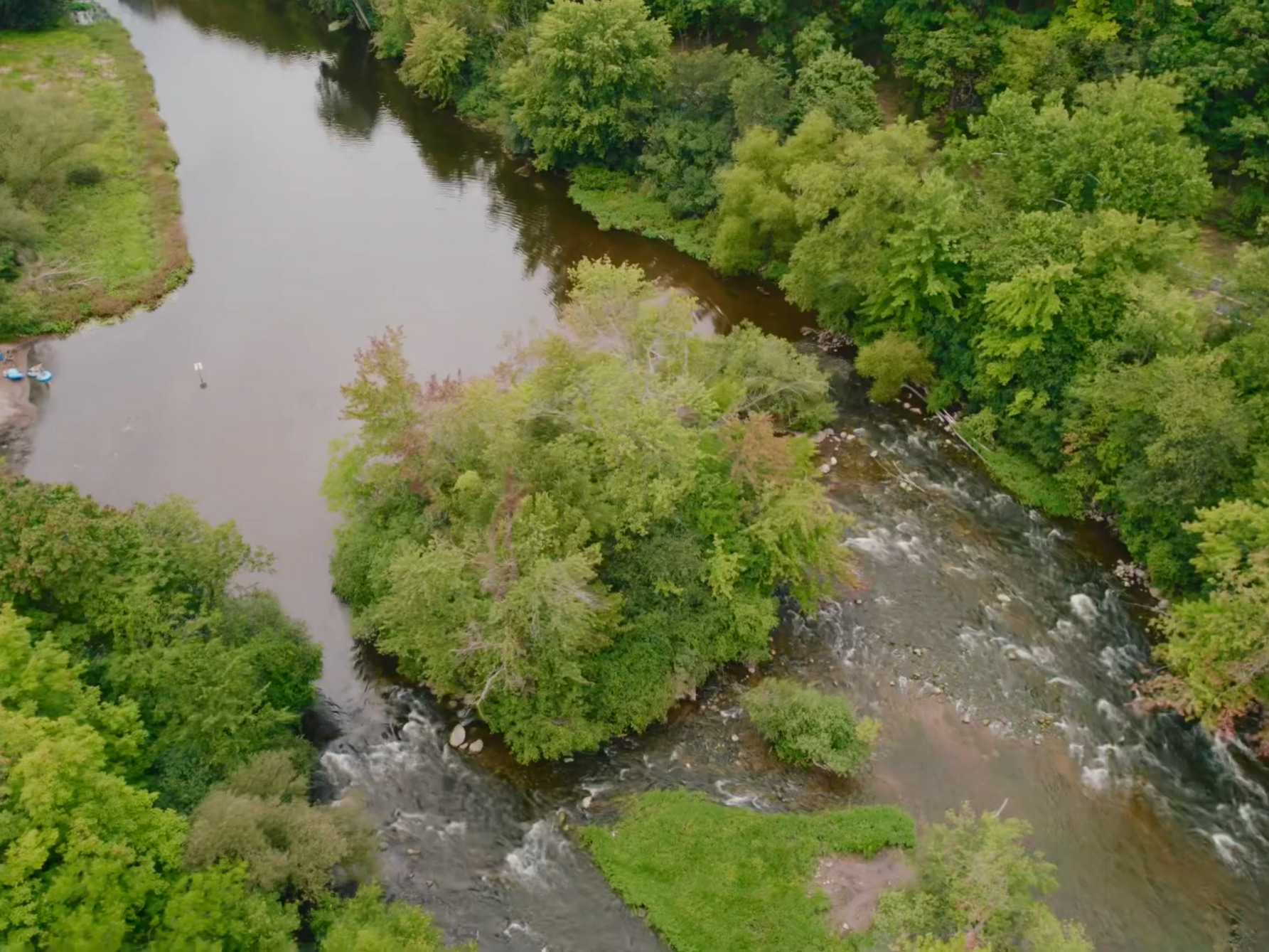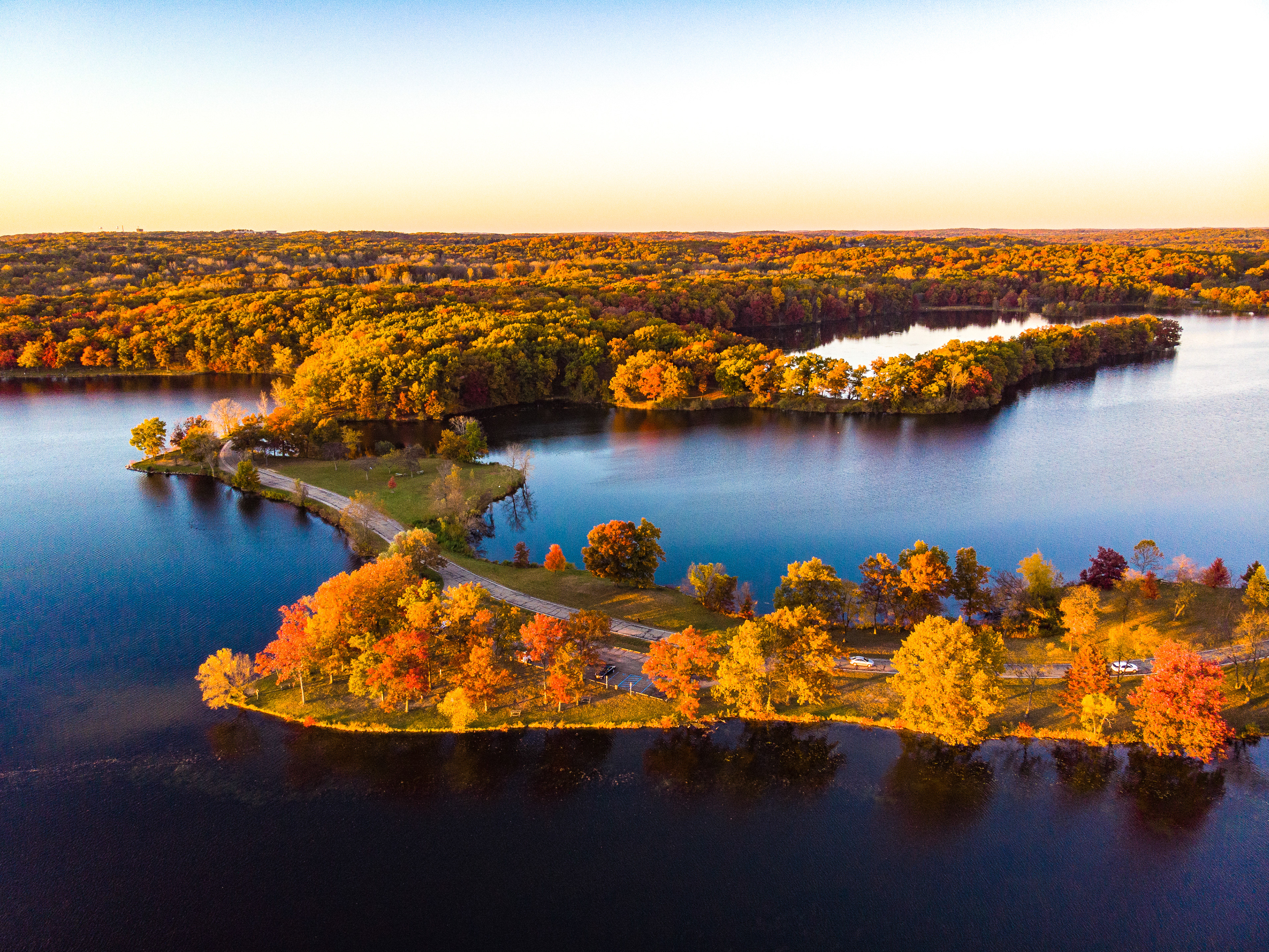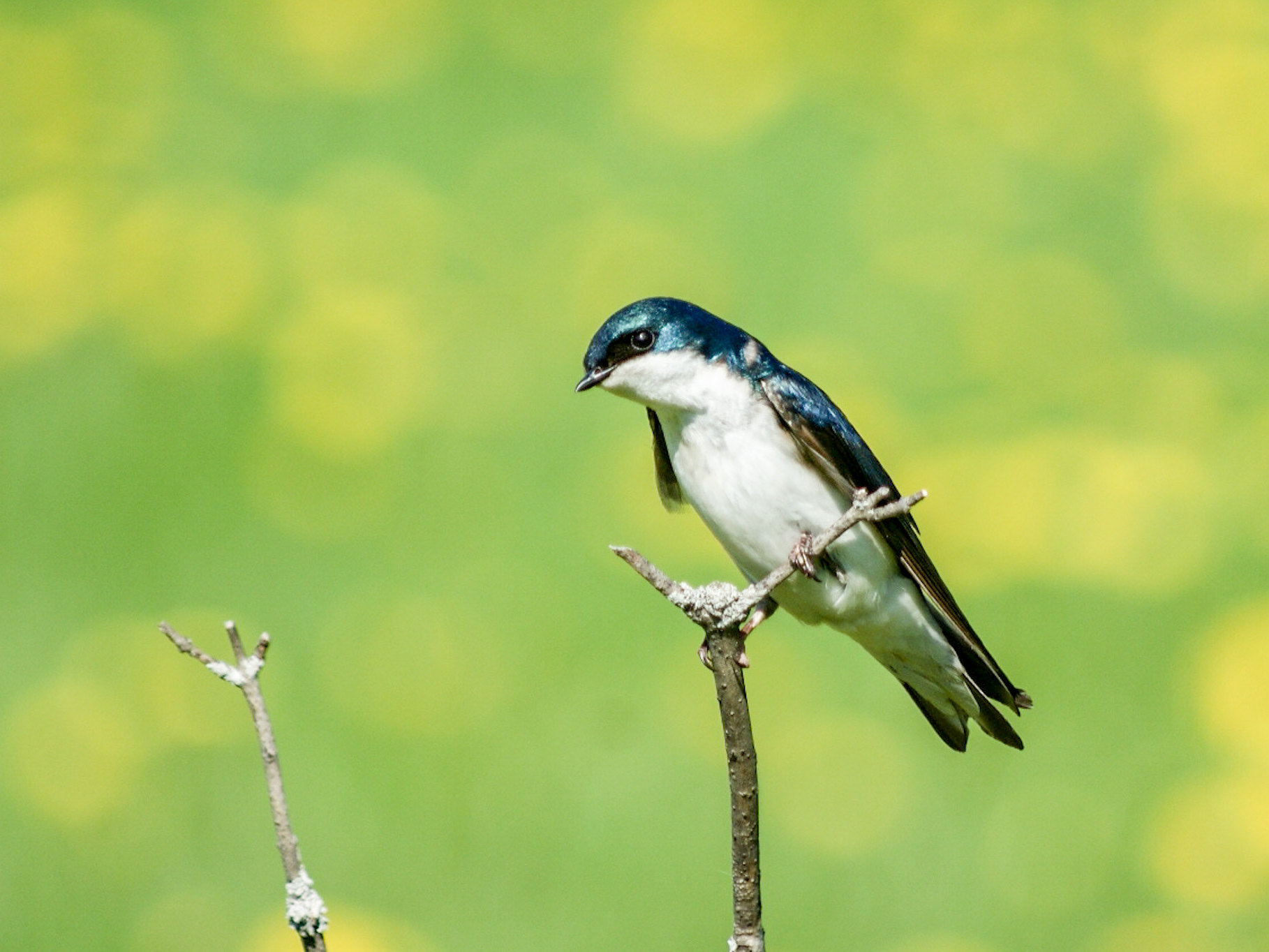Prologue: I grew up in the eastern Indian state of Bengal in which food, mostly non-vegetarian, and non-conformal thinking are two strongly identifiable cultural traits. The first one is so much so that a day or two without fish or meat literally triggers the fear of malnutrition or doubts about one’s cultural fitness to remain a Bengali. After faithfully complying with my non-vegetarian roots for the first half of my life, I started dabbling in the concept of vegetarianism and veganism. I say dabbling and not embracing, because over last two decades I observed that my reasons for drifting away from non-vegetarianism experienced their ups and downs. In that process, while the first trait of my Bengali culture had been severely compromised, the second one is being rightfully honored. It is honored through two decades of introspection that led me to explore the fascinating area of thinking at the interface of evolution, empathy, and a complex moral landscape involving us, the homosapiens, as well as the members of other species. This musing is an attempt to explore and structure those thoughts in a non-prescriptive way that can clarify my own perspective on this subject. The main reasons for going vegetarian or vegan in non-religious settings include eating healthy, being environment friendly, and being ethically sensitive. My own reasons have mostly been around the third one, which I will explore here.
Zero-sum Game of Energy: At the lowest level, the process of life is largely about harvesting energy in order to perpetuate our genetic presence in a Darwinian sense. Bacteria decomposing a dead-body, a lion devouring a gazelle, or a couple enjoying a mellow candlelight dinner - all are about extracting energy originally collected from our Sun. This is largely a zero-sum process in that, to extract energy for perpetuating one’s genes, some organisms need to die. At some point in future, science may solve this by developing synthetic food and other emerging technologies. Until that happens, there is no escape from this zero-sum game of life. Given that self-preservation of human species is not negotiable, taking lives of animals to solve our energy needs is commensurately unavoidable, at least in the short term. Therefore, no debate on that front appears to be conducive to anything pragmatic. There is, however, a non-zero-sum element, which is about the ability of the human brain to perceive suffering in other brains.
Suffering and Pain: Suffering is a higher order psychological experience with longer term effects compared to physical pain. For example, while hunger causes physical pain, the abstract ability of brain to simulate possible future hunger can give rise to anxiety and long-term suffering. The ability of such abstract thinking is most prominent for the primate brain which has an amygdala, the dedicated stress center. Every animal with a central nervous system also has that ability, the degree of which is commensurate to their brain complexity. To cite a recently published work, which has demonstrated that after repeatedly giving electric shock to a fish when it comes out of its underwater dwelling cave, its body starts releasing stress hormone every time it is about to come out. That happens even when giving shock is paused for a few episodes, thus indicating their ability of experiencing predictive stress, anxiety, and the resulting psychological suffering. Almost all our energy gathering routines from animals lead to such stressful situations. To name a few, pulling a fish out of water and letting it die while gasping for oxygen, sometimes for hours. Or forcing a chicken to spend its entire life in a cage cell of size that is equivalent to roughly 3 ft by 3 ft by 6 ft in human terms, and that is while directly witnessing the slaughtering of their cell-mates, siblings, parents, and relations that we have not yet learnt to fully perceive. Dairy-related energy gathering causes its own version of predictive stress and anxieties. Impregnating a farm full of cows for milk production, and then openly depriving their calves for whom the mother produced the milk in the first place. Such open actions can create enough audio-visual stimuli for a bovine brain to experience intense stress. Since the main objective of this essay is not about judging our actions themselves, and given that the society has reached partial maturity to understand these unintended side effects of our energy gathering process, I will not delve into any more of these examples which are plentiful and brutal in today’s world of factory farming.
Non Zero-sum Transactions: Unlike energy, suffering is non zero-sum in that the amount of it generated during energy gathering is completely in our control. An example would be to anesthetize every fish when it is in water, before processing, thus sparing it the pain and anxiety of terminal asphyxiation that we would not want any human to experience. Such a process would barely alter the energy equation. It should be realized that the process of killing is the culmination of suffering, but it is not the epitome. For about 70 billion farm animal brains, whose bodies are reared every year for the consumption of 8 billion humans, the epitome of suffering is mostly what they go through during their lives and not in their deaths. It is also important to keep in mind that an animal’s appearance, size, and its religious significance, if any, have no roles in deciding its ability to suffer. The only determining factor that is known to us is the complexity of its central nervous system. A snake and an adorable colorful song bird with the same brain size are likely to experience the same level of anxiety and stress for a given amount of fear, hunger, and other stimuli.
Embracing non zero-sum approaches would require a thorough revision of our perspective of pain and suffering in animals. Many cultures have already considered such perspectives. After hunting a deer, many native American tribes would offer a word of apology to the hunted, with a message to the effect that instilling such pain and suffering was unavoidable for their own survival. Such symbolic identification of animal suffering helped these cultures to refrain from over-consuming, recreational hunting, and to appreciate a sense of universal connectivity that many thinkers from contemplative traditions have advocated for better societal health. This, however, does not directly answer the fundamental question of why should we be sensitive to animal suffering in the first place? Doesn’t the Darwinian doctrine give us a pass on that as long as we get our energy, which is the only thing that matters for our gene propagation. This is where my conundrum starts.
Mirror Neurons and Empathy: Evolution endowed us, the primates, with a special set of neurons, called mirror neurons, whose role is to fire both when we ourselves go through an experience as well as when we observe the same experience in other beings. These are responsible for our ability to experience sadness just by observing human misery that does not affect us directly. Mirror neurons are triggered by both short-term pain as well as by long term anxiety and suffering. Notable is the fact that these neurons work across species boundaries just as well. Seeing the slaughtering process of a pig, for example, makes us experience some version of sadness in spite of the potential for energy gain from that process. It turns out that the primary evolutionary reason for developing mirror neurons was to give rise to empathy, which is a key building block for family, society formation, and group-living. Since all these collaborative structures significantly increase the odds of individual survival and gene propagation, evolution developed empathy in us. Even though the evolutionary reasons for cross-species mirror neuron firing are less clear, it is a fact that we do experience some amount of cross-species empathy. A relevant question is then how such empathy should shape our morality that could include animal suffering calculus in our energy gathering process?
Cross-species Morality: Since empathy is the outcome of a neural process, like other biological phenotypes, it has wide individual level variations. The ability to be empathetic can vary from its extreme dearth in individuals we call psychopaths, all the way to the act of adopting children which prioritizes empathy over one’s own gene propagation. An encouraging aspect is that empathy is observed to be partially malleable. Peer compassion and intervention, especially at the tender formative years, have shown to elongate the reach of empathy in us. Such compassion in a society can be engineered using well thought-out moral codes.
Unlike empathy, morality is a man-made dynamic construct. At any given point in time, a society maintains a morality hierarchy that is intended to match our empathy hierarchy. Our moral obligations work as a set of concentric circles with an individual at the center and the circles representing their family, friends, tribe, regions, country, and so on. The farther we go from the center, the weaker the empathy and moral obligations. This pragmatic hierarchy, however, terminates with an extremely abrupt slope when it reaches our species boundary. As an example, no modern society would approve of killing a human by asphyxiation, even as part of legal capital punishment. However, the idea of extending such moral protection for fishes would be readily deemed as ridiculous and extreme. Such observations point to the abruptness with which our moral system deteriorates around the species boundary.
Because morality is man-made, it is highly malleable. Human civilization had demonstrated extreme moral plasticity when confronted with empathy and the human ability to reason. Stunning moral revisions were witnessed in the areas of human rights, abolishing slavery, punishment methods for prisoners, treatment of physically weak and disabled, compassion towards domesticated pets, and in certain areas of animal welfare. The synthetic nature of morality has been beautifully leveraged for reducing cruelty that are common in the natural animal world. We have significantly tapered down some of the violent traits that are inherent in our biology. Using moral tools, we are also phasing out biologically counterproductive practices such as incest and in-breeding, which are rampant in animal kingdom. The point here is that violence and other counterproductive practices in the natural world are not reasonable justifications for us to condone those in our dealings with animals.
It turns out that the moral boundaries are generally in a phase lag with respect to our knowledge and recognized empathy boundaries. For example, the abolition of slavery in the U.S. was enacted in 1863, about 87 years after the collective realization and acknowledgement of the fact that “all men are created equal,” which was pronounced in 1776. Certain societies are still struggling to come to terms with it and to fully integrate with their moral structure. Likewise, my observation is that our cross-species morality has not kept up with our empathy and scientific knowledge base on that front. We need to start an objective social discourse to first identify this lag, create awareness, and then revise our morality to provide protection from suffering for those 70 billion brains in transition via this planet every year. That can be achieved without compromising energy supply needed for our own survival.
Suffering Footprint: The main reason for us to not demand a major revision of cross-species moral code is a severe lack of awareness about the “suffering footprint” of our consumption process. Market driven economies have been extremely successful in their well-orchestrated efforts in hiding such footprints from consumers. The “farm to table” process and supply chain have been streamlined to the extent that purchasing and consuming meat products from the supermarket do not look and feel much different from consuming vegetables from a suffering standpoint. Packaging, commercials, and other marketing activities around those products relentlessly work towards hiding the pain and suffering associated with the industrial animal farming process. That is how the consumer awareness is being lost.
A first step to regain awareness would be to print a suffering footprint index on the packaging of all products that involve animals at any stage of its production process. If a cow was labored in the field for farming rice, a suffering index would be printed on the label of a bag of that rice. Printed indices will be different for two different packs of lamb chops depending on how the individual lambs were reared and killed in the end. The market forces will create index-dependent differential pricing and provide the consumers with a choice on the price-suffering trade-off. This idea is not as radical as it may sound when compared to that of printing carbon footprints on product labels in order to develop climate change awareness and to provide relevant choices to consumers. Providing such choices are an effective way to shape public awareness and morph opinions within an open-market framework that appears to be universally accepted in the present global economic context.
Moving Forward: The goal is to provide an animal with a happy and fulfilling life as understood by our state of the art scientific findings. While living, that would include free ranging with sufficient amount of per capita space, peering opportunities for specific social and parental needs, natural diets, and minimal usage of hormones and antibiotics. We also need to avoid genetic trickeries for maximizing meat, egg, and milk production, which often degrade an animal’s quality of life due to intended and unintended physical changes. The killing process should not involve anything that we would not want for euthanizing our loved ones and beloved pets. A low-cost anesthetization process, coupled with audio-visual shielding of living animals from the killing of their peers, would go a long way. Any deviation from these should be reflected in the suffering index of the resulting product.
The governments have to play their parts in developing policies and processes for defining, measuring, and enforcing the suffering index. The regulators may put upper bounds on the index in order to prevent economically justifiable and recreational carnage that humans have occasionally shown some affinity towards.
While these new opportunities do not necessarily require us to stop consuming animal products, modern technology is presenting us with some unprecedented options that are worth noting. A number of startups in the U.S. have been successfully working on developing plant based products with texture, taste, and flavor as close to meat as one can expect. One cannot hide one’s hope and excitement to witness the tremendous amount of venture capital and market interests that these products have been garnering during the last few years. During my current episode of vegan lifestyle I am personally benefited from these tremendously innovative gifts of technology. Significant amount of work is also underway to develop synthetic meat that is fully lab-grown using cells from animals.
Epilogue: Even though human slavery is not completely wiped out from our planet, the new generations of its inhabitants have started asking the question “what were they thinking?” How, a concept as repugnant as owning another human being, was universally accepted for hundreds of years? For these new generations, slavery seems obviously wrong even though their ancestors, only a few generations back, thought the opposite to be obvious. I suspect that humans a few generations down the road will be asking the same question “what were they thinking” about cross-species morality? This question greatly stimulates and often pushes me into a contemplative state of mind that I enjoy, sometimes more than my rich Bengali dietary heritage. This is a discourse in which there is nothing black and white, or right or wrong. It is a conundrum that can force us to debate on how absolutist we do not want to be with our cross-species empathy and moral boundaries. I see a remarkable connection between this line of thinking and that of universal suffering, which was contemplated by many ancient philosophers including Goutam Buddha, Lucius Seneca, and Marcus Aurelius. It is intriguing as to how their qualitative conclusions are stunningly similar to the modern quantitative neuro-scientific findings on suffering and its impacts on human and animal behavior. Before conclusion, two more issues need mention. The first one is on how plants fit in this thinking framework. I deliberately draw a line to constrain within the realm of beings with a central nervous system that can abstract the experience of suffering. This may not be the right line or science may prove this wrong at some point in future. Then that will be a limitation of this essay. The second one is on how religion and God fit in. My own neural system is devoid of those two abstractions, and therefore I do not have access to any positive reasoning tools involving them. I would, however, like to think that this suffering-centric perspective of cross-species morality is immune to all religious filters.


